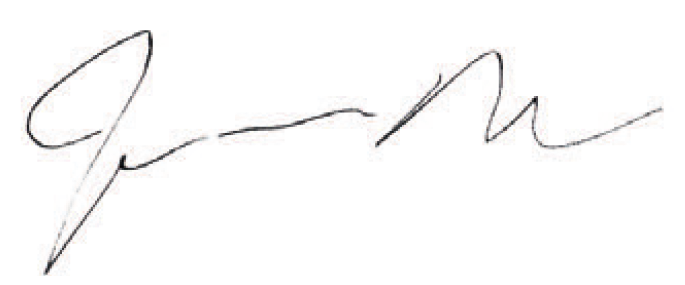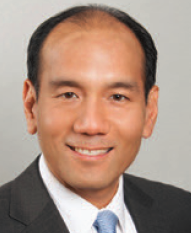When I started my residency many years ago, I would have laughed if someone told me my future clinic would be filled with patients getting intravitreal injections. More than that, I would have been astounded to hear that these treatments could generally show a rapid biologic response and enthusiastic gratitude from many for improving their quality of life.
Fast forward to the present where our clinics are bursting at the seams as the indications for intravitreal injections as well as therapeutic options are ever growing. Couple that with the aging U.S. population and the epidemic of diabetes—a recipe for disaster. Each day, it’s commonplace that patients ask me, “Is there a cure coming out soon?”
Another frequent one that I sometimes find humorous and other times perceive as a not-so-subtle jab is, “Are you really the only doctor here today?” I believe that our patient volume, stress to stay on time, and inadequate opportunity to cultivate meaningful physician-patient relationships may be contributing to burnout.
On the flip side, I imagine what it’s like for our patients. Many older patients must rely on others to bring them in. They often express concern about overburdening their children. Those who are still working must take time off, translating into lost productivity. Several told me that they have to map out their lives around the clinic visits or prioritize their health-care based on what they can afford or what other issues require more urgent attention.
My group previously published studies looking at the rates of loss to follow-up and found about 20-to-25 percent of patients did not return for a year or more after an anti-VEGF injection.1,2 Rahul Khurana, MD, subsequently used the American Academy of Ophthalmology IRIS registry and found nearly a 12-percent rate of loss to follow-up.3 These patients are often at highest risk for vision loss without treatment. I feel like we are failing them despite our best intentions. It’s a heavy burden to bear.
Fortunately, hope is in sight. Newer agents, including faricimab (Vabysmo, Genentech/Roche) and high-dose aflibercept (Eylea HD, Regeneron Pharmaceuticals) are demonstrating greater durability, allowing less frequent injections and fewer visits. More drugs and drug-delivery platforms are in the works or becoming available soon.
Tremendous progress is being made in gene therapy to create an internal bio-factory, potentially allowing a single treatment to hijack the patient’s cells to produce the effective drugs that we have been delivering via injections. While it’s already been an exciting journey in our field over the last couple decades, I expect that the best is yet to come. Put on those shades, folks. The future is going to be ever so bright. RS
 |
REFERENCES
1. Obeid A, Gao X, Ali FS, et al. Loss to follow-up among patients with neovascular age-related macular degeneration who received intravitreal anti–vascular endothelial growth factor injections. JAMA Ophthalmol. 2018;136:1251.
2. Obeid A, Gao X, Ali FS, et al. Loss to follow-up in patients with proliferative diabetic retinopathy after panretinal photocoagulation or intravitreal anti-VEGF injections. Ophthalmology. 2018;125:1386-1392.
3. Khurana RN, Li C, Lum F. Loss to follow-up in patients with neovascular age-related macular degeneration treated with anti-VEGF therapy in the United States in the IRIS Registry. Ophthalmology. 2023;130:672-683.




